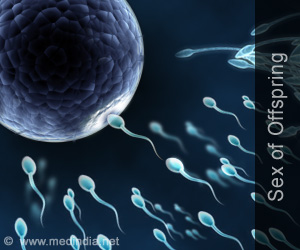Scientists have recorded mass mortality events in nearly 2,500 animal species from the past 70 years, and found a rise in the events among birds, fish and marine invertebrates.

Researchers found disease was the primary culprit, accounting for 26 percent of the mass die-offs. Direct effects tied to humans, like environmental contamination, caused 19 percent of the mass kills. Bio-toxicity triggered by events such as algae blooms accounted for a significant proportion of deaths, and processes directly influenced by the climate, including weather extremes, thermal stress, oxygen stress or starvation, which collectively contributed to about 25 percent of mass mortality events.
The study also found that the number of mass mortality events has been increasing by about 1 event per year over the 70 years the study covered. The study suggests that in addition to monitoring physical changes such as changes in temperature and precipitation patterns, it is important to document the biological response to regional and global environmental change.
The study appears in the Proceedings of the National Academy of Sciences.
Source-Medindia









